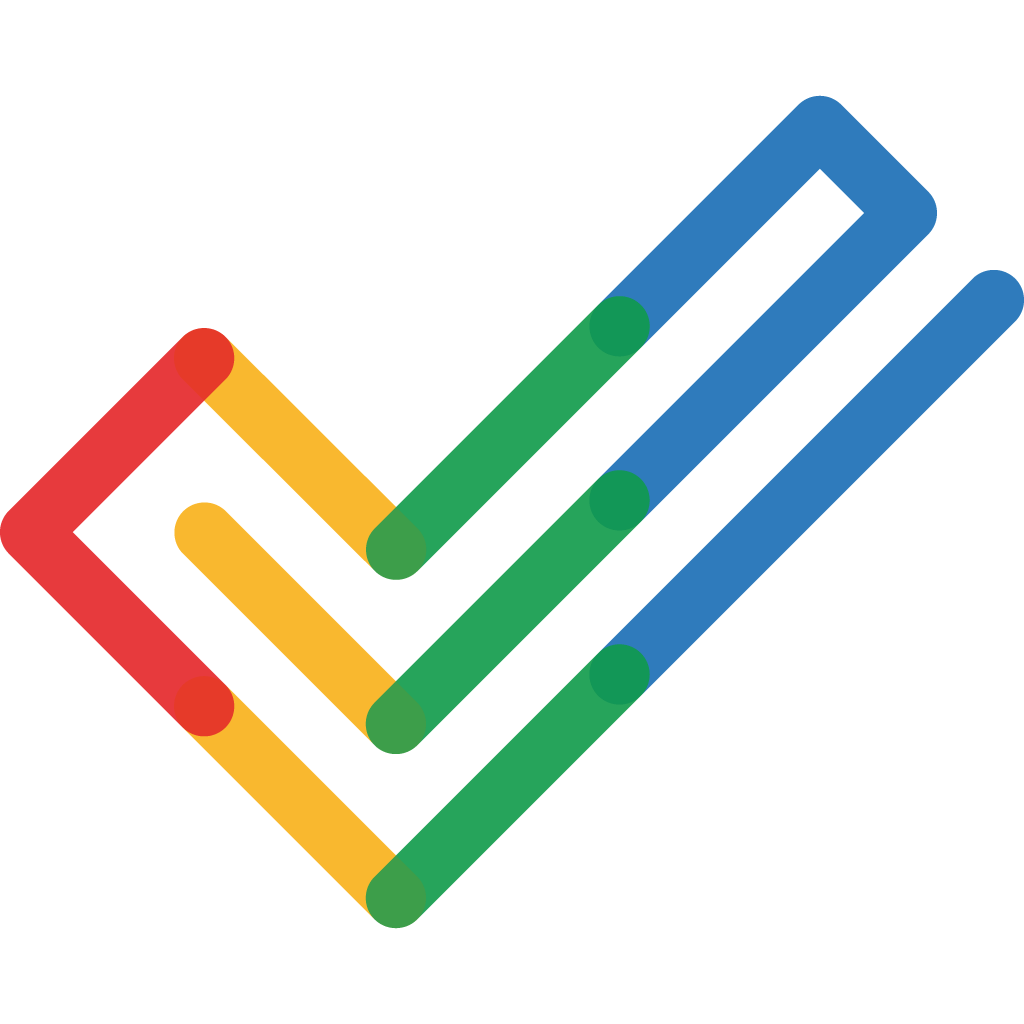Unanet is a Project Management Software. Unanet offers Timeline View, Project Templates, Time & Expense Tracking, Task Management, Status Tracking and many more functionalities.
Some top alternatives to Unanet includes Quickbase , Smartsheet, ClickUp, Zoho Projects and Project Insight.
Yes, Unanet provides API.
No, Unanet doesn't provide mobile app.
Unanet is located in Dulles, Virginia
Unanet offers Quotation Based pricing model
Yes, Unanet can integrate with Quickbooks, Salesforce
The starting price is not disclosed by Unanet. You can visit Unanet pricing page to get the latest pricing.

















